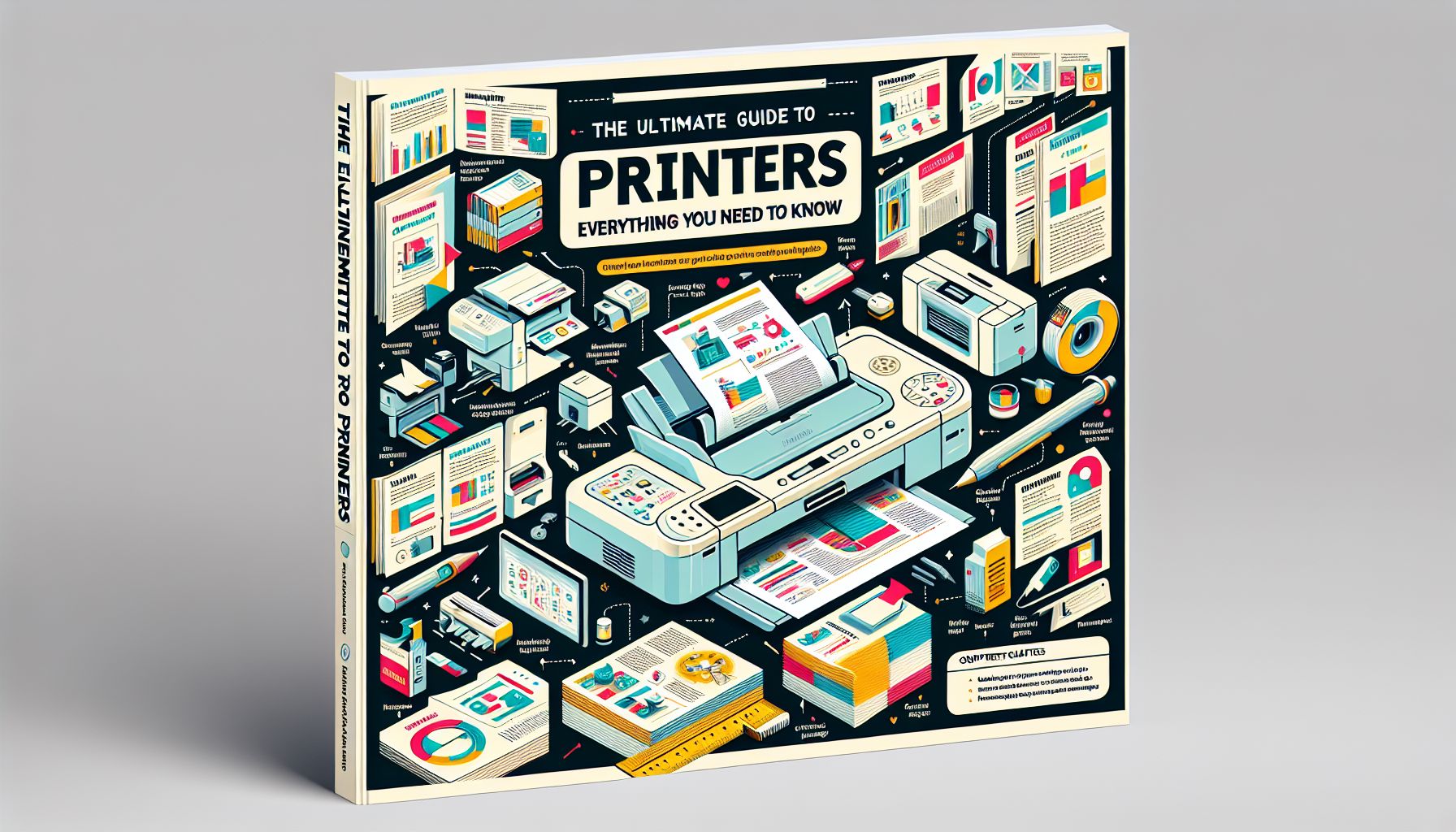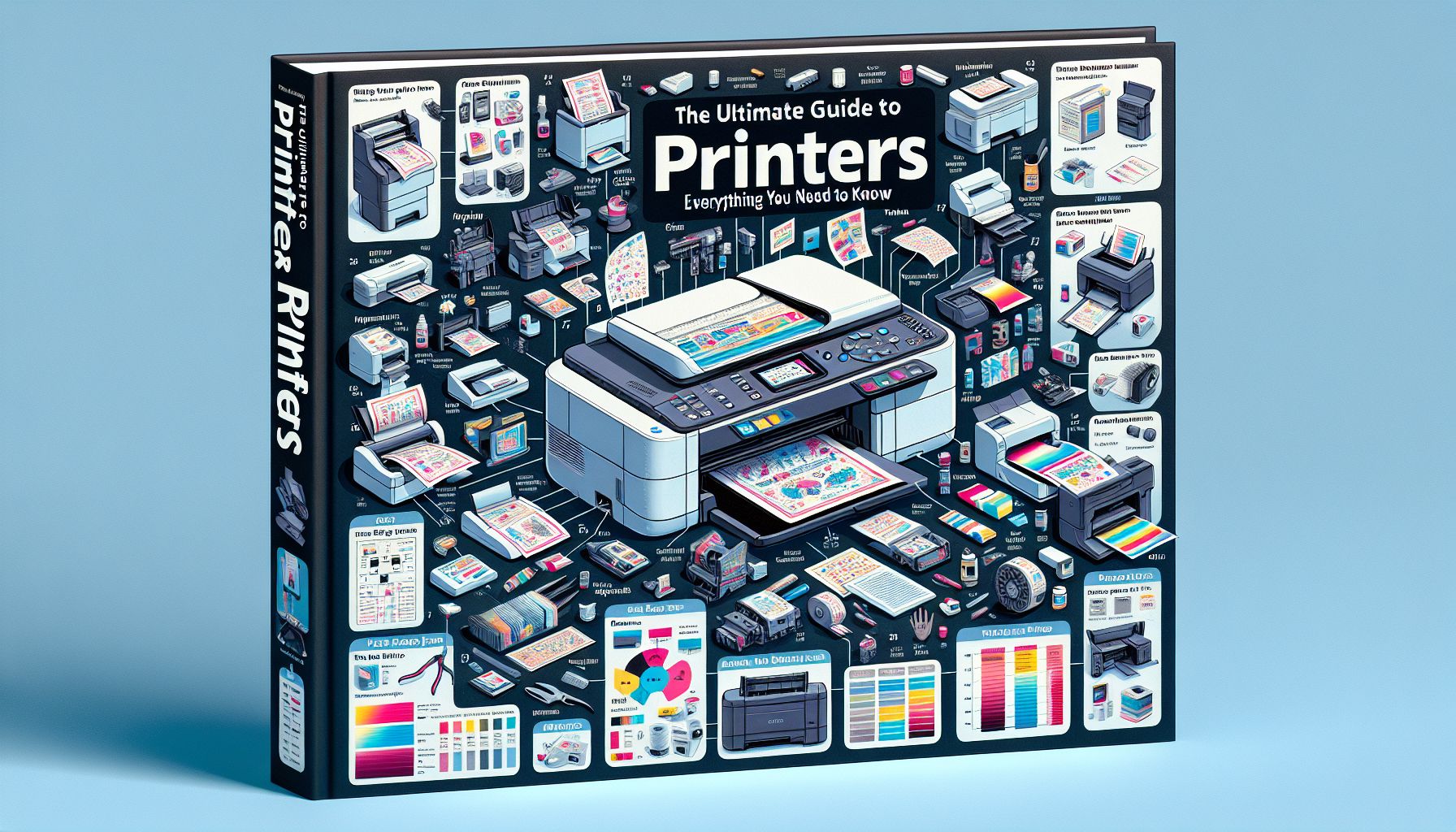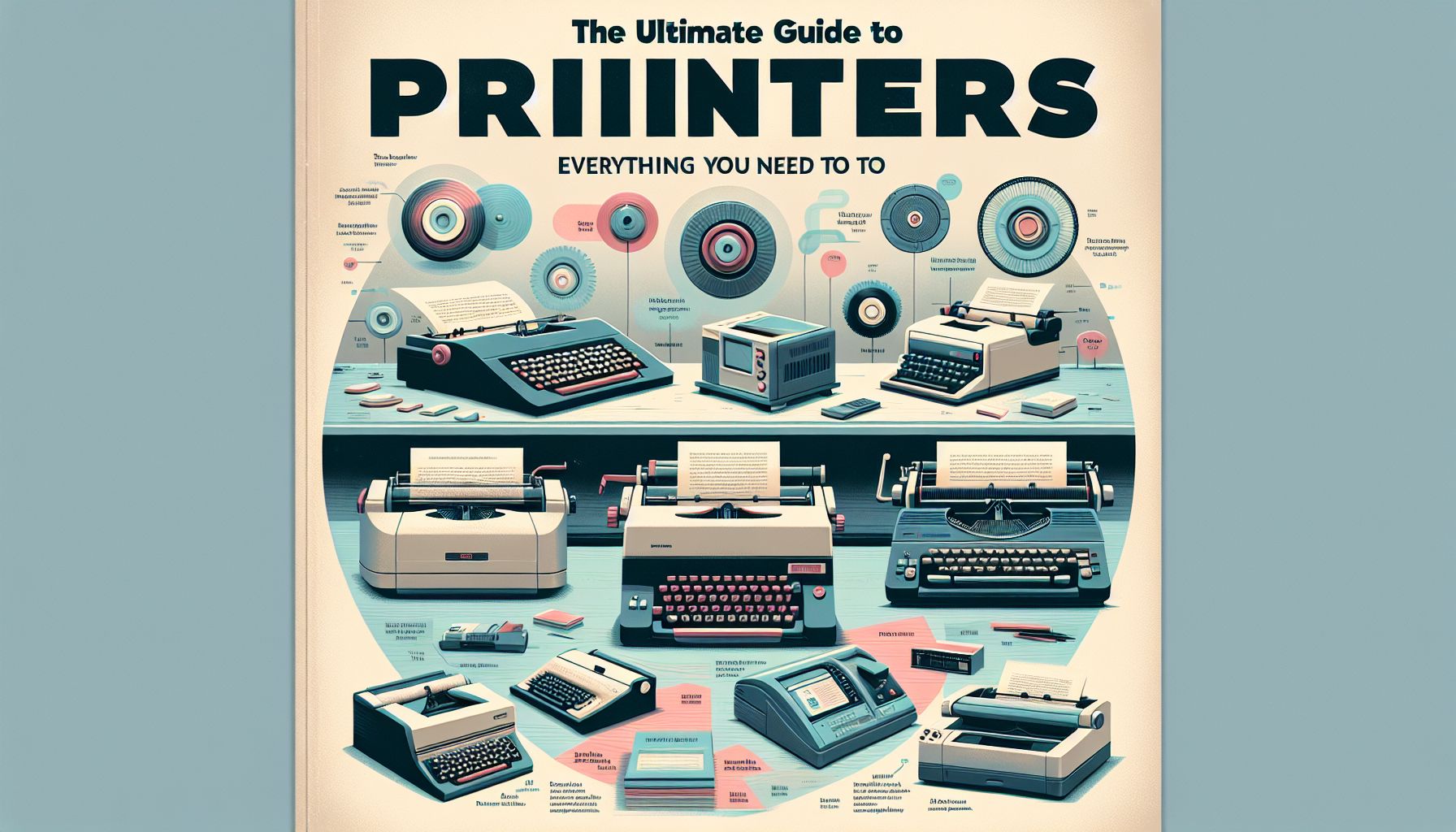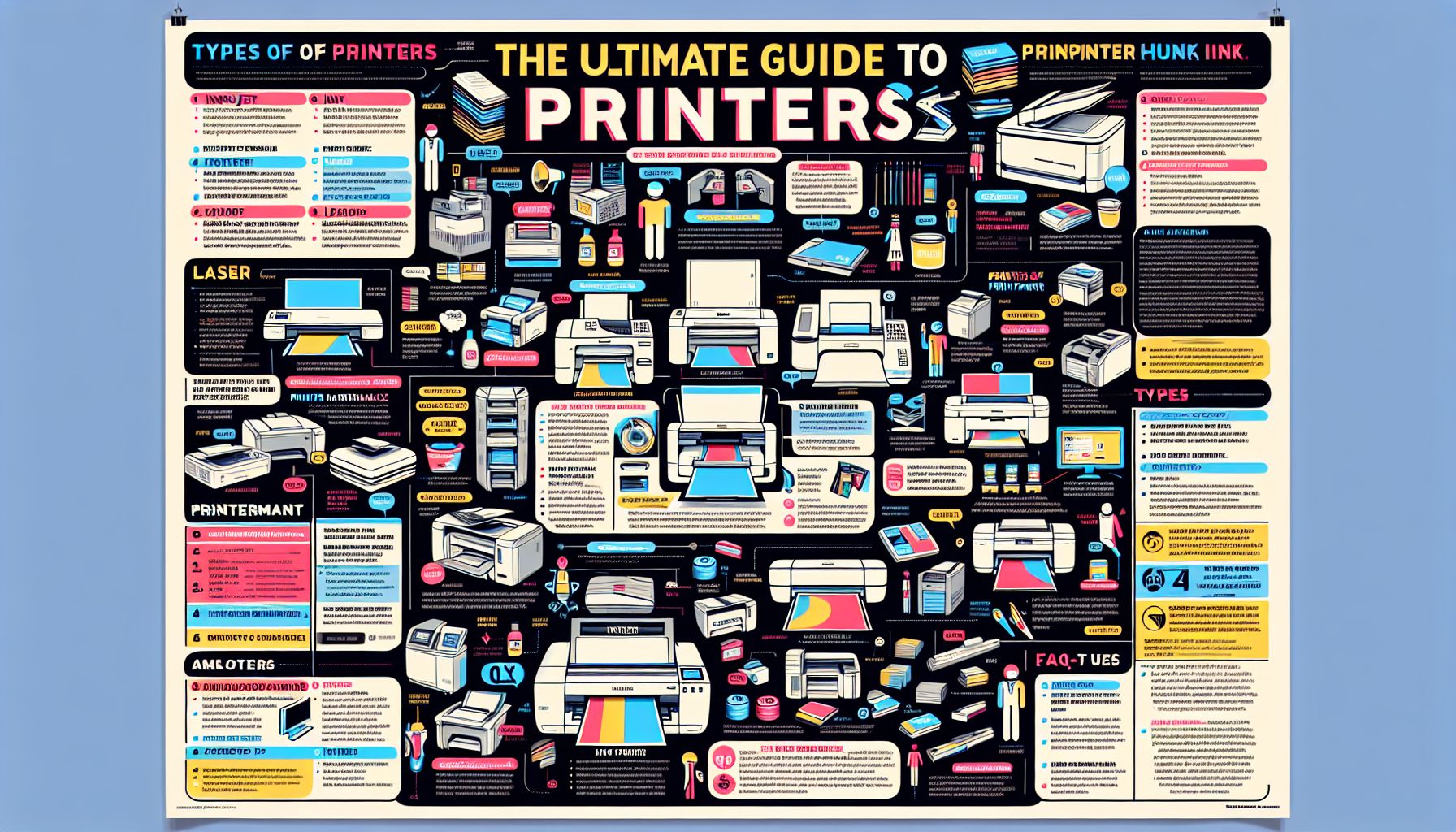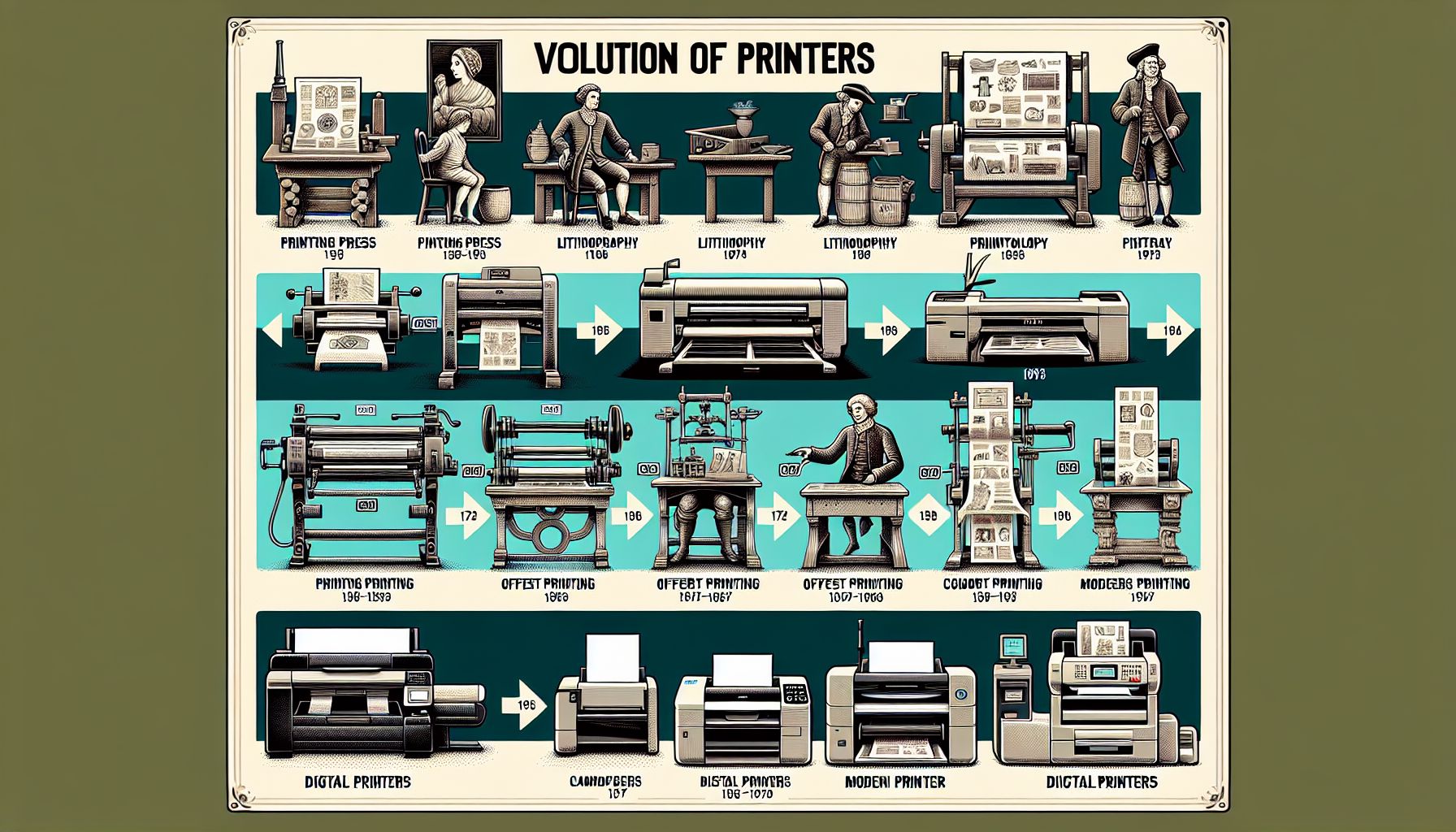The Evolution of Printers: From Dot Matrix to 3D Printing
Printers are an essential tool in today’s digital world, allowing us to bring digital documents and images to life in physical form. Over the years, printers have evolved from simple dot matrix machines to powerful 3D printers capable of creating intricate three-dimensional objects. In this article, we will explore the history and evolution of printers, from their humble beginnings to the cutting-edge technology available today.
Evolution of Printers
The first printers can be traced back to the 19th century when inventors began experimenting with ways to transfer ink onto paper. The earliest form of printing was done manually, with individuals using stamps or stencils to create copies of documents. It wasn’t until the invention of the printing press by Johannes Gutenberg in the 15th century that mass printing became possible.
Fast forward to the 20th century, and the first electronic printers began to emerge. The dot matrix printer, invented in the 1970s, used tiny pins to create characters on paper. While slow and noisy, dot matrix printers were a significant improvement over typewriters and hand-written documents.
In the 1980s, the inkjet printer was introduced, revolutionizing the printing industry. Inkjet printers sprayed tiny droplets of ink onto paper to create text and images with stunning clarity and color accuracy. This technology quickly became the standard for personal and professional printing.
The laser printer, introduced in the 1970s but popularized in the 1980s, used a laser beam to create images on photoreceptive drums, which were then transferred to paper. Laser printers were faster and more efficient than inkjet printers, making them ideal for high-volume printing tasks.
In the early 2000s, 3D printing technology began to gain traction, allowing users to create physical objects layer by layer from digital designs. 3D printers have revolutionized manufacturing processes, enabling rapid prototyping and customization on a level never before possible. Today, 3D printers are used in a variety of industries, from aerospace and automotive to healthcare and fashion.
Types of Printers
Printers come in various types and sizes, each designed for specific printing needs. Some of the most common types of printers include:
-
Inkjet Printers: Inkjet printers are versatile and affordable, making them popular for home and small office use. They use liquid ink cartridges to create vibrant images and crisp text on paper.
-
Laser Printers: Laser printers are faster and more cost-effective than inkjet printers, making them ideal for high-volume printing tasks. They use toner cartridges and a laser beam to create images on paper.
-
All-in-One Printers: All-in-one printers combine printing, scanning, copying, and faxing capabilities into a single device. These multi-functional printers are ideal for home offices and small businesses.
-
Dot Matrix Printers: While less common today, dot matrix printers are still used in certain industries for their reliability and durability. They use tiny pins to create characters on paper, making them ideal for invoices and other forms.
-
3D Printers: 3D printers are the latest innovation in printing technology, allowing users to create physical objects layer by layer from digital designs. These printers are used in a variety of industries for prototyping, manufacturing, and customization.
The Future of Printing
As technology continues to advance, the future of printing holds endless possibilities. 3D printing, in particular, is expected to revolutionize manufacturing processes, enabling greater customization and efficiency. With the ability to create complex shapes and structures on demand, 3D printers have the potential to disrupt traditional manufacturing industries.
In addition to 3D printing, advances in inkjet and laser printing technology are making printing faster, more cost-effective, and more environmentally friendly. New materials and inks are being developed to create more sustainable printing solutions, reducing waste and energy consumption.
As printing technology continues to evolve, we can expect to see greater integration with digital devices and cloud services. Wireless printing, mobile printing, and cloud printing are already popular trends, allowing users to print from anywhere at any time.
In conclusion, printers have come a long way since the days of the printing press, with technology evolving to meet the demands of modern users. From dot matrix to 3D printing, printers continue to shape the way we create and share information in the digital age. As we look to the future, the possibilities for printing technology are endless, with new innovations on the horizon.…



